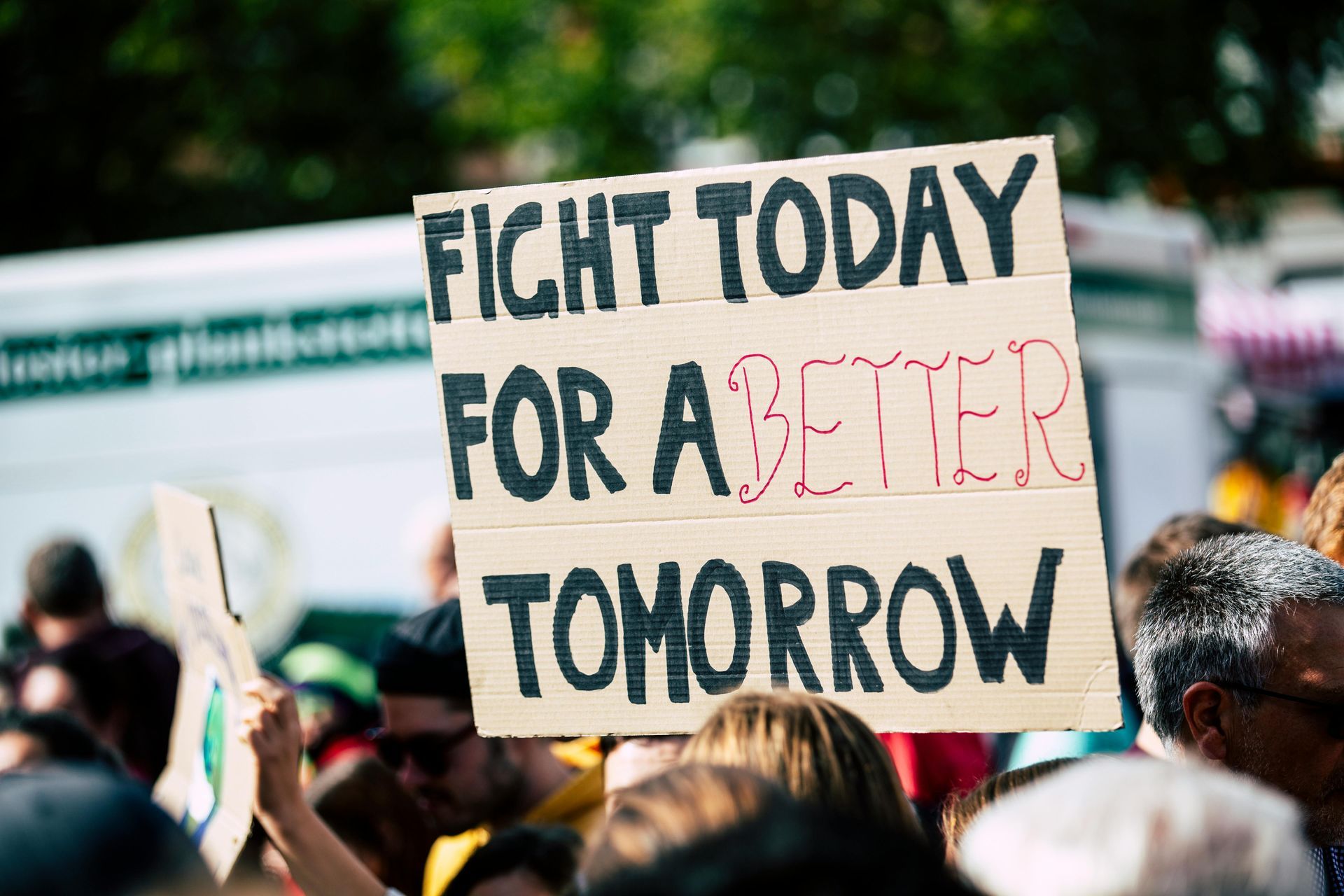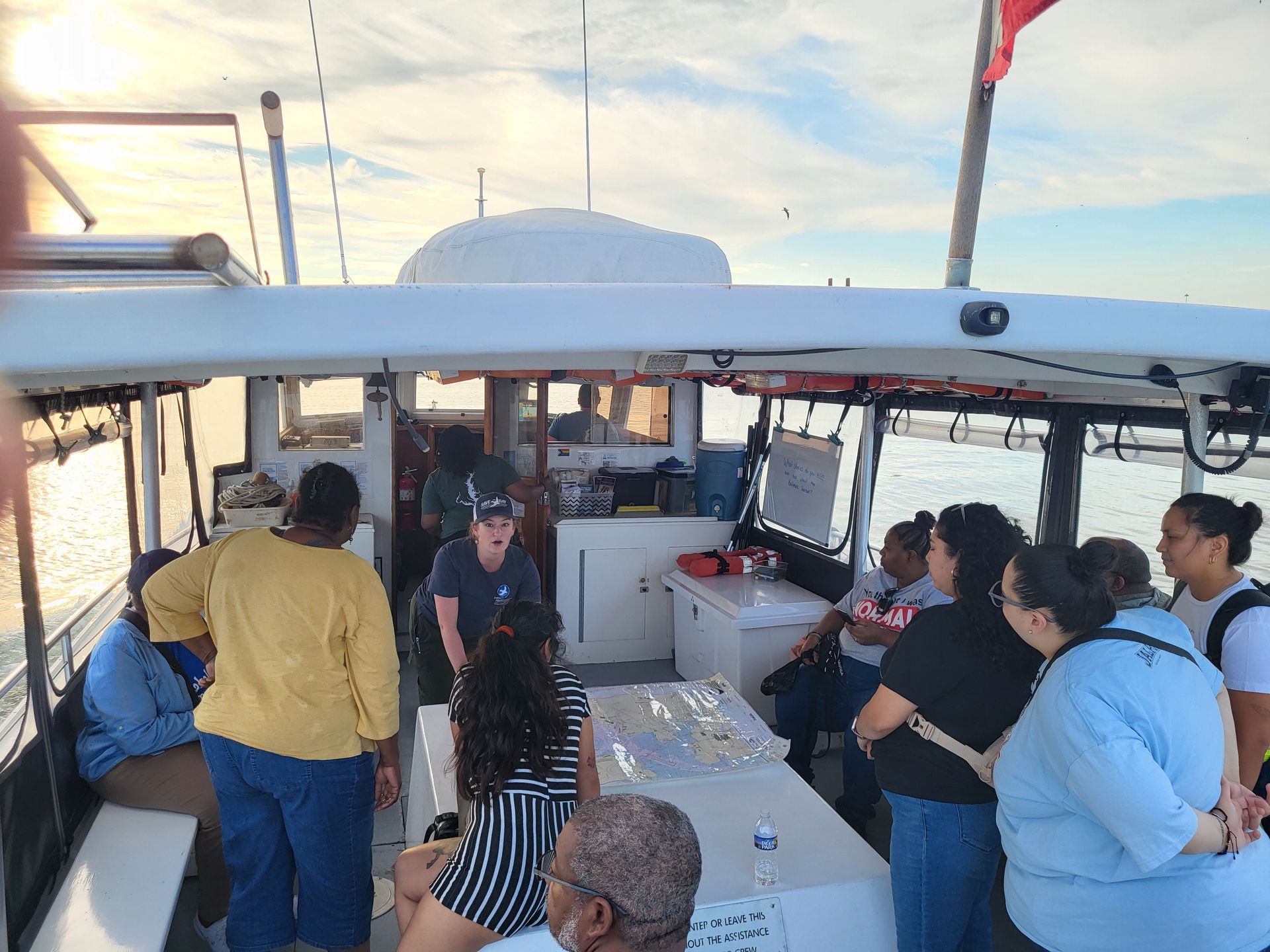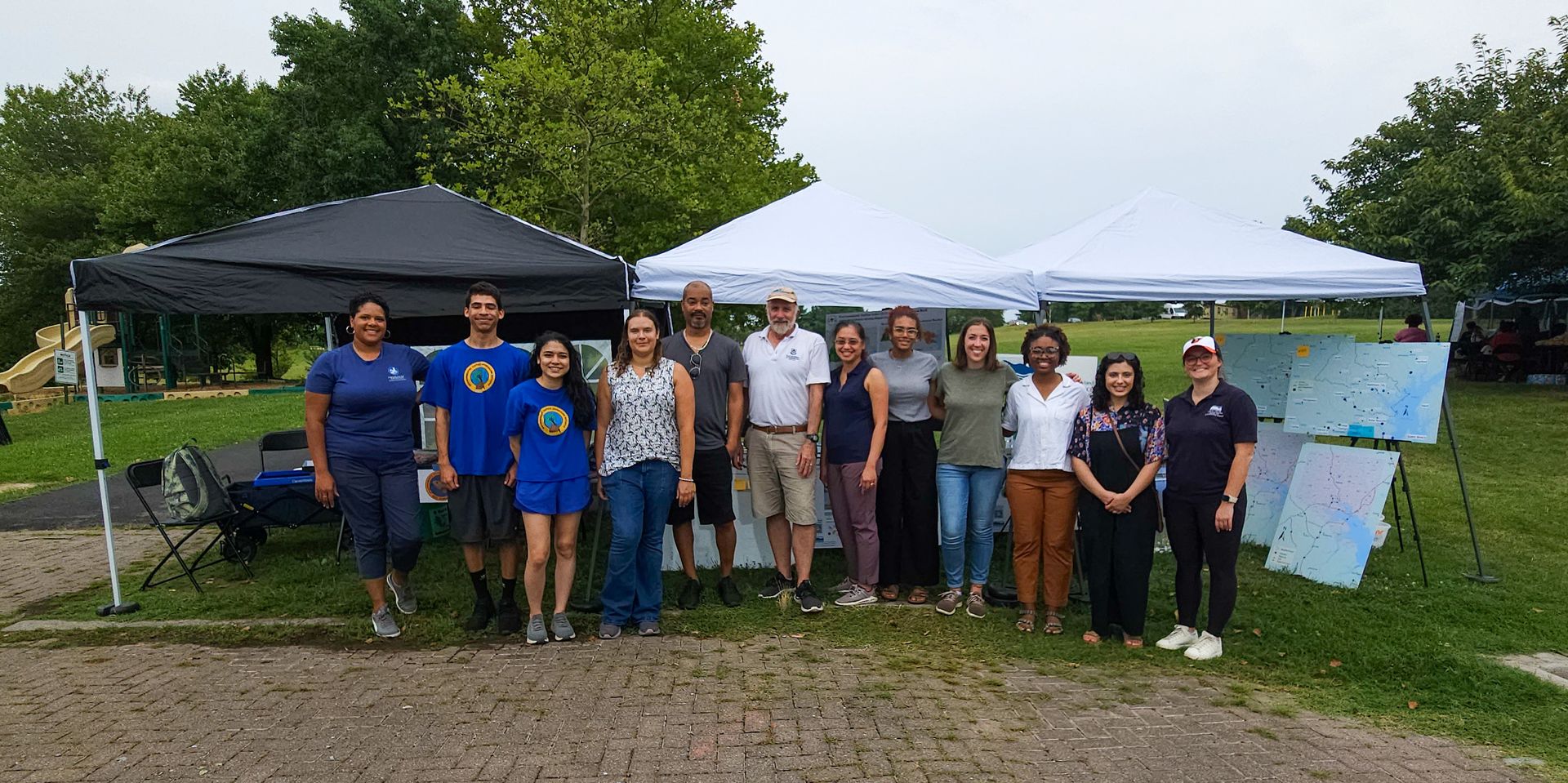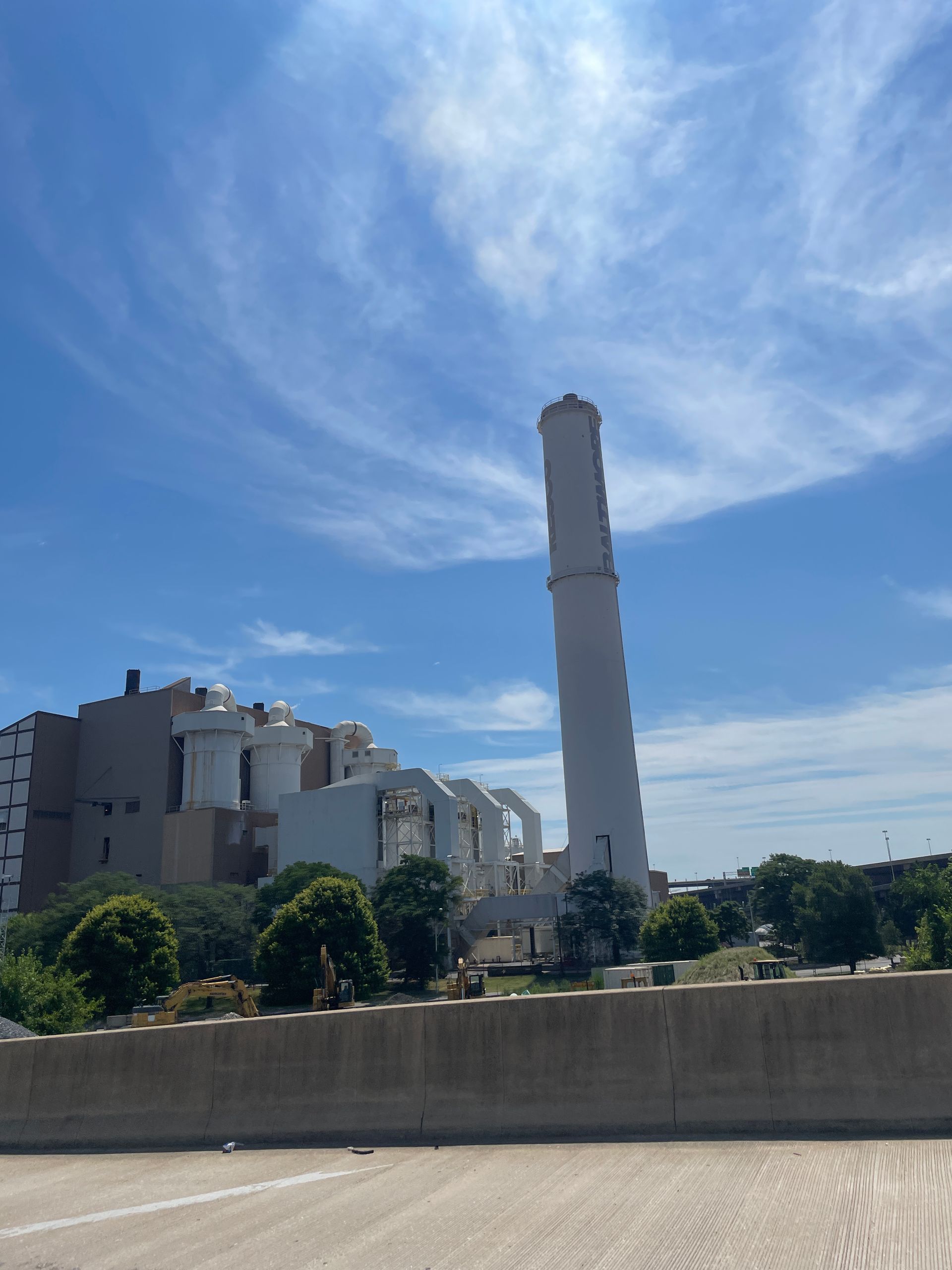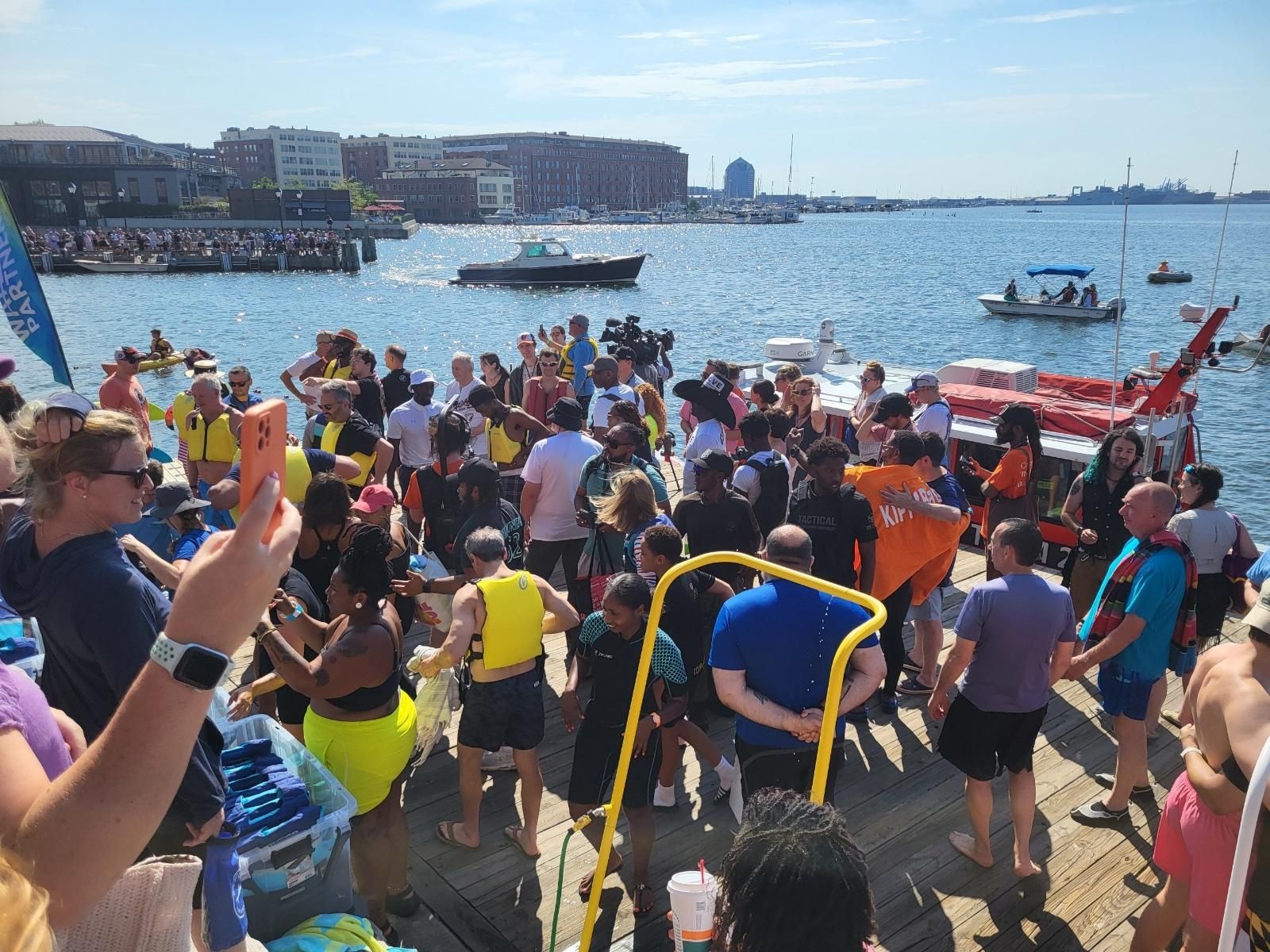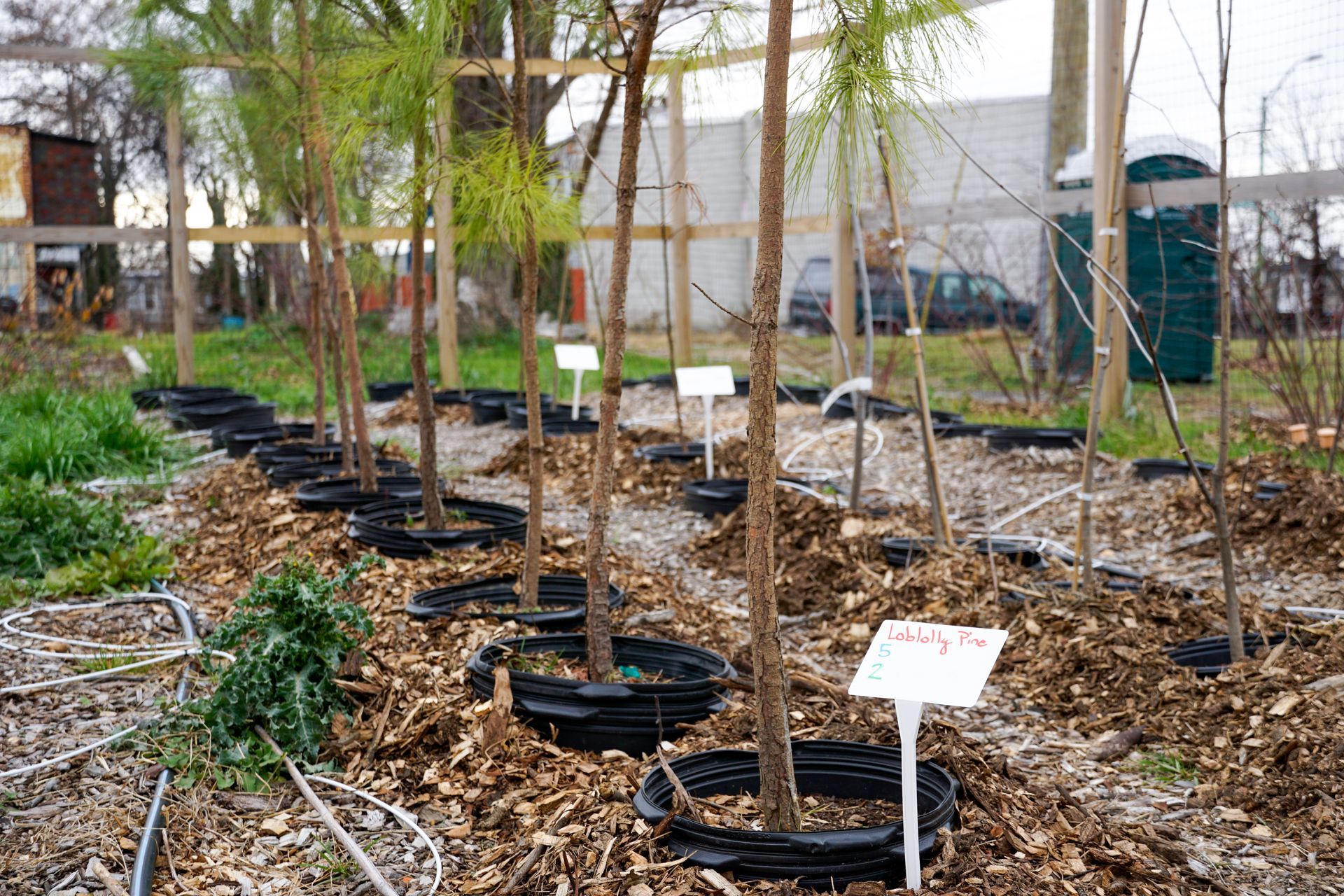A New Tool in the Fight for Air Quality

A New Tool in the Fight for Air Quality
By Laura Quigley
The suffocating haze of Canadian wildfire smoke that enveloped Baltimore City this June generated a flurry of discussion about air quality. Many city residents stayed indoors until the threat passed, while others donned leftover N95 masks to avoid inhaling the particulates in the outside air. Baltimore reached the purple level of air quality alert; an increased risk of health effects for all demographics. Though common out West, the dangerous air quality shocked many Baltimoreans.
Within days, the discourse around air quality dissipated with the smoke for a large portion of the city. But for some communities living in proximity to industry and the incinerator, such as Curtis Bay in South Baltimore, concern about poor air quality existed long before wildfire smoke blew into the area.
Low-income and working-class neighborhoods throughout the United States face the threat of air pollution at greater rates than their higher-income counterparts. Residents of polluted communities often live in close proximity to industries that release harmful particulates into the air in alarming quantities.
While health disparities and lower quality of life are a daily reality of residents in areas like Curtis Bay, it can be difficult for these neighborhoods to collect the consistent data needed to aid them in the fight for better air quality. Current data collection methods do not cover the entire land mass of the United States continuously, leaving gaps in air quality data.
These gaps are soon to be filled.
According to a
recent NPR article, TEMPO, a new satellite instrument capable of delivering consistent data about air pollution, will come online this summer. TEMPO, which stands for Tropospheric Emissions: Monitoring of Pollution, is a collaboration between
NASA,
NOAA, and the
Smithsonian Astrophysical Observatory. Once operational, it will collect hourly data on air pollution throughout the country.
Residents in Baltimore’s most air-polluted neighborhoods embody EJJI’s mission of “Our community, Our story,” sharing the environmental injustices perpetrated in their communities through grassroots advocacy, in the media, and in meetings with industries and government officials. In the near future, TEMPO’s data will be available to the EPA, which regulates air pollution, alleviating the burden of data collection on already-burdened communities.
Until now, advocacy groups and community organizations in neighborhoods with large quantities of air pollution relied on anecdotal evidence, limited data, or outside researchers to support their arguments for stricter pollution regulation and enforcement. Although it is unclear if the public will someday have access to TEMPO’s data, the satellite instrument’s capabilities are another tool in the fight for environmental and health equality.
